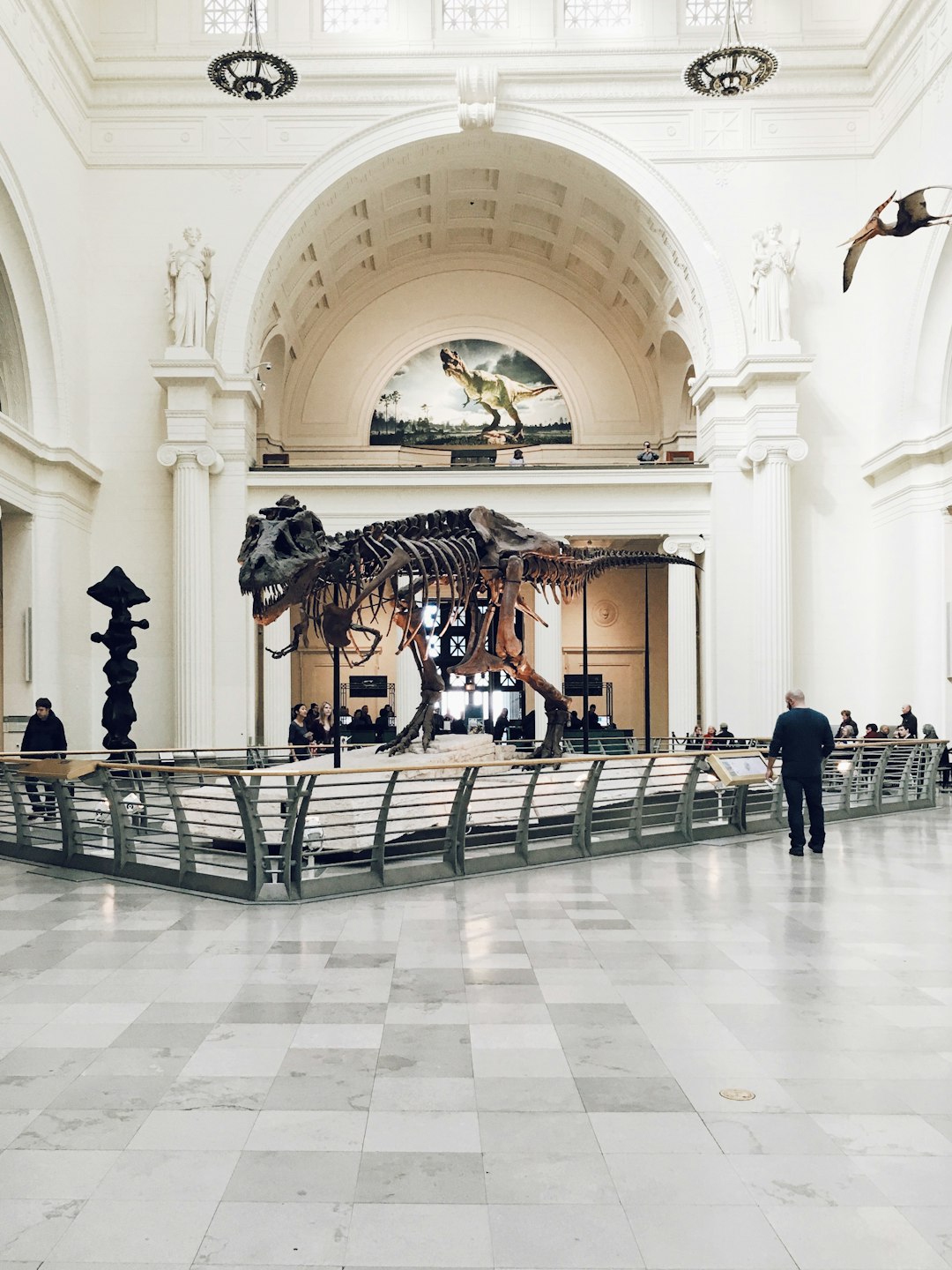Exhibition and Collections Technician Kaihangarau Whakaaturanga/Kohinga
Exhibition and collections technicians prepare, install, maintain and dismantle museum and art gallery exhibitions.
Exhibition and collections technicians may do some or all of the following:
- provide a budget for the cost of installing an exhibition
- design and build models, furnishings and fittings for exhibitions
- safely unpack items, arrange them for exhibit, and set up sound and visual effects
- arrange for contractors, such as painters, to install parts of an exhibition
- monitor and maintain exhibitions while they are on public display
- safely dismantle exhibition furniture and props and pack for storage or shipping
- support artists and/or curators during installation, display and dismantling of exhibition.
Physical Requirements
Exhibition and collections technicians need to have a good level of fitness and must be strong, as they may lift large objects and spend long periods on their feet.
Useful Experience
Useful experience for exhibition and collections technicians includes:
- art and design
- woodwork
- metalwork
- handcraft work
- work in galleries, museums or theatres.
Personal Qualities
Exhibition and collections technicians need to be:
- both practical and creative
- good at problem solving
- accurate, with an eye for detail
- organised and able to work to deadlines
- calm, patient and adaptable
- able to work well in a team and with a diverse range of people
- able to prepare and work to budgets.
Skills
Exhibition and collections technicians need to have:
- skill in reading and interpreting designers' plans
- knowledge of a wide range of building materials and methods
- practical and technical skills such as carpentry, metalwork and painting
- knowledge of occupational health and safety requirements for safe building practices and correct lifting techniques
- knowledge of how to correctly pack and unpack artworks and other fragile items.
Exhibition and collections technicians may also need to know about lighting techniques, graphics and 3D design, conservation practices, and fine arts.
Conditions
Exhibition and collections technicians:
- usually work regular business hours when preparing for exhibitions, but may work longer hours when setting up and dismantling exhibitions
- work in workshops, galleries, museums and theatres, on film sets, and at art and design schools
- work in conditions that can be dusty or dirty, and may come into contact with toxic or flammable materials such as cleaning fluids, enamel and spray paints
- may travel locally to source materials for exhibitions, or to different museums or galleries in New Zealand.
Subject Recommendations
A tertiary entrance qualification is required to enter further training. Useful subjects include painting, sculpture, photography, printmaking combined, technology, maths, and design and visual communication.
Related Subjects
Exhibition and Collections Technicians can earn around $48K-$55K per year.
Pay for exhibition and collections technicians varies depending on experience, the size of the organisation they work for, and how many hours a week they work.
- Experienced, full-time exhibition and collections technicians may earn $48,000 to $55,000 a year.
A third of exhibition and collections technicians are self-employed and their income depends on the success of their business.
Source: Museums Aotearoa, 2018.
Exhibition and collections technicians may progress to work:
- as exhibition preparators at larger museums
- as exhibition programme managers at smaller museums or galleries
- for exhibition design and construction companies.
They may also set up their own business.
With project management skills and seven or more years' experience, exhibition and collections technicians may move into project manager roles.
Years Of Training
1-3 years of training usually required.There are no specific requirements to become an exhibition and collections technician. However, most roles require building or construction experience.
It is also useful to have qualifications or skills in:
- industrial design
- museum studies
- modelmaking
- fine art or technical drawing
- project management
- metalwork
- furniture building
- joinery and carpentry.

 Onehunga High School
Onehunga High School